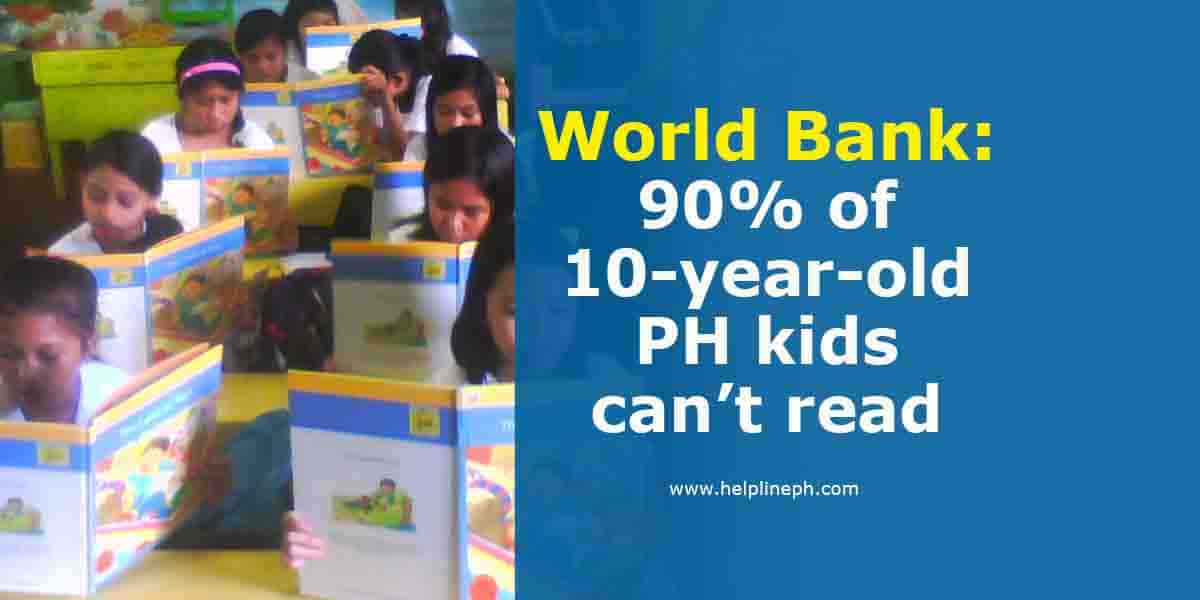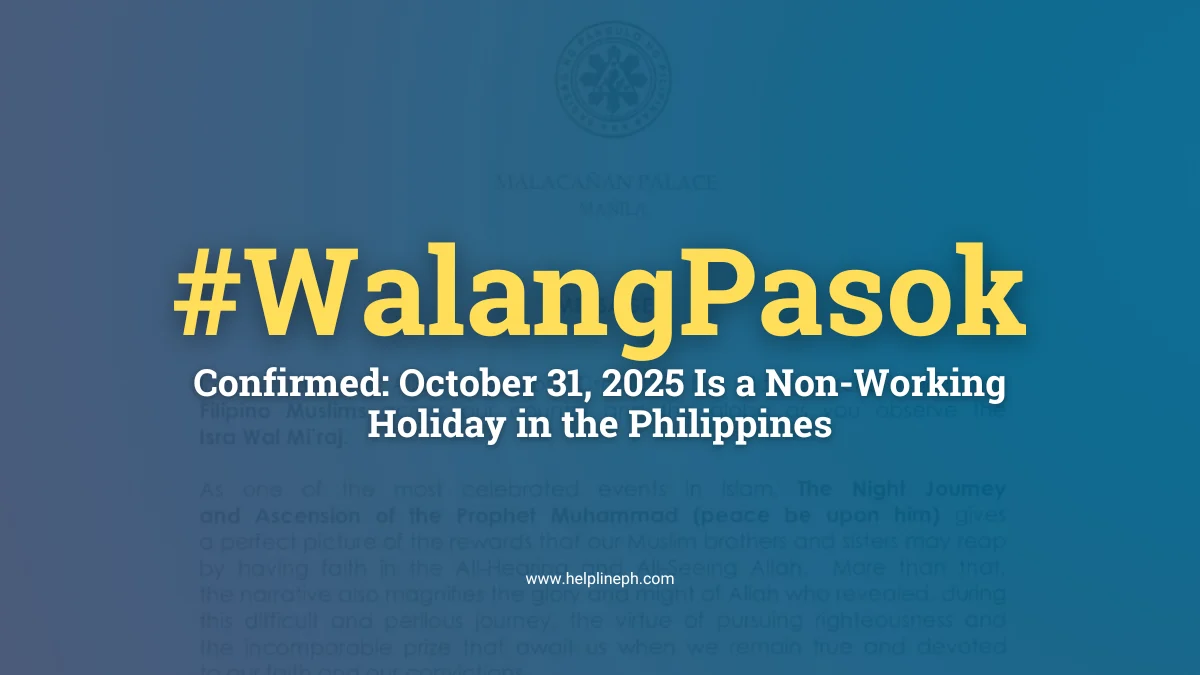World Bank: 90% of 10-year-old PH kids can’t read
A new report by the World Bank showed that “learning poverty” in the Philippines has reached 90% in 2021 amid pandemic.
In its report “Remote Learning During COVID-19: Lessons from Today, Principles for Tomorrow,” it noted that remote learning take-up in the country was at the lowest rate of 20% covered, alongside Ethiopia which also has a learning poverty rate of 90%
The multilateral lender defines learning poverty as the percentage of 10-year-olds who cannot read and understand a simple story —in other words, those who are below a “minimum proficiency” threshold for reading.
“Children’s engagement with remote learning is generally low where parents or caregivers lack any type of education and, in several countries, these children were three-to-four times less likely to engage in a learning activity compared to households where parents have tertiary education, as seen in the Philippines and Peru,” the World Bank said.
“Evidence suggests that remote learning did not produce as much learning as in-person schooling prior to the pandemic,” it said.
“COVID-19 has led to an unprecedented experiment in the deployment of remote learning as a means to counter school closures and to deliver education effectively and at scale,” it added.
In response, DepEd said that it acknowledges the challenges in education quality of the country even before the pandemic.
“It is precisely why we introduced various ongoing interventions to address issues on basic education,” it said.
“The issue of learning poverty has been a dilemma of the country for years and the Department is proactively dealing with it for the long term,” it added.
The DepEd said the objectives of its Sulong EduKalidad campaign and Basic Education Development Plan (BEDP) 2030 are set to materialize in the coming years, “we are leaving behind a worthy mission to continue for the next DepEd administration.”
“We have come a long way in our quest for quality education but we are not yet done with our journey. Our efforts must be consistent, cohesive, and collaborative for us to achieve in delivering quality education to every Filipino child,” it said.






